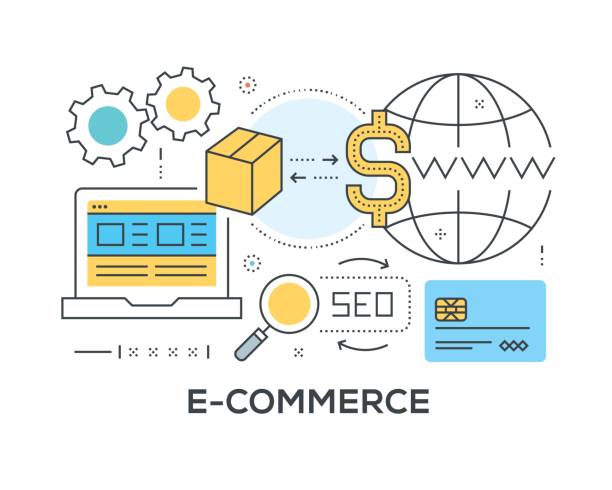7 Most Important Factors in Building an eCommerce Site
From vegan soaps to handmade fishing lures, there’s a market out there for virtually every product today. Most shoppers know they have to go online to find unique, high-quality goods and products. But with so many online retailers to compete with, what’s the secret to positioning your brand as the best? The catalyst that can transform your passion into a full-fledged, successful business is an effective e-Commerce site.
You’re probably already familiar with the core elements of e-Commerce: you’ll need hosting, a domain name, and a plugin to support online ordering. However, it’s important not to rush through these steps – each aspect of building a site demands careful consideration. After all, all of these factors combined will ultimately separate you from the competition, drive sales, and help you achieve sustainable growth.
Here are the most critical practices to follow for creating your own powerful e-Commerce site:

1 – Fast, Reliable Hosting
If you have a robust product line or aim to have a high volume of traffic frequenting your site (and you should!), high-quality hosting will pay off. Poor hosting can hurt your sales, causing shoppers to abandon their carts due to frustratingly slow page loads. Nowadays, there are many e-Commerce hosting options to explore, each supporting specific needs at a range of price points. One of the most popular choices among online sellers is WPEnginge. It was built for WordPress, making it a user-friendly option for users with all levels of technological expertise. Pricing starts at $25/month, with additional packages available.

2 – A Strong Domain Name
One of the most critical aspects of building your e-Commerce site is choosing a domain name. Of course, name selection is complicated by the fact that there are already billions of domain names in existence. Your company is uniquely yours, however, so it’s important to put the time and thought into choosing a name that fits the nature of your business. Here are two tips to keep in mind:
• Make It Memorable: Short, punchy names are more likely to stick in the minds of your customers. Avoid long, drawn-out domain names if possible, and consider combining words if you can (Netflix, YouTube, and snapchat are a few examples). Most importantly, your domain name should give some indication of the goods or products you’re selling.
• Consider Your Customers: If you’ve brainstormed all of the business names that you can think of only to find they’re all taken, consider switching your perspective. Instead of thinking about your products, try picking a name that focuses on your customers. Who comprises your target customer base? Whether it’s outdoor enthusiasts, new mothers, or athletes, the possibilities for incorporating this facet of your business into your domain name are virtually endless.
Once you think of a catchy domain name that’s still available, act quickly to claim it as your own! Many store owners purchase theirs from GoDaddy.com.

3 – CMS
CMS stands for “Content Management System.” It is the platform through which you’ll manage your e-Commerce business, including the look and functionalities of your website. Simply put, it’s the lifeline of your store: it allows you to modify features according to business demands to help you stay competitive, and with the number of online shoppers constantly on the rise, choosing a quality CMS platform is critically important. When selecting a CMS platform, look for ease-of-use, affordability, and community support. WordPress is among the most popular options due to its outstanding user experience.

4 – An Eye-Catching Theme
Next, make your store come to life by choosing a theme to fit your brand. There are dozens of options available, some of which are free. However, purchasing a premium theme can enhance your site’s visual appeal, so if you don’t find anything you like for free, be sure to keep this option in mind. Some themes allow you to customize your fonts, colors, and layouts, while others have built-in features. Whichever you choose, make sure it’s a fitting representation of your brand identity and creates a powerful impact on your visitors.
The Ultimate Guide on Building an Effective WooCommerce Store
5 – An Effective E-Commerce Plugin
Lastly, to turn your site into an actual online store, you’ll need to install an e-Commerce plugin. For WordPress users, WooCommerce is the go-to choice. It’s free yet powerfully effective and easy to navigate. During setup, you’ll be able to select the shipping, tax, and payment options that work best for you. For an effective checkout plugin, check out Handsome Checkout plugin for WooCommerce.
As you can see, building an e-Commerce site isn’t too challenging, but it’s important to get all of the steps right the first time. If you’re building an online store, be sure to check back for more helpful tips on getting started!

